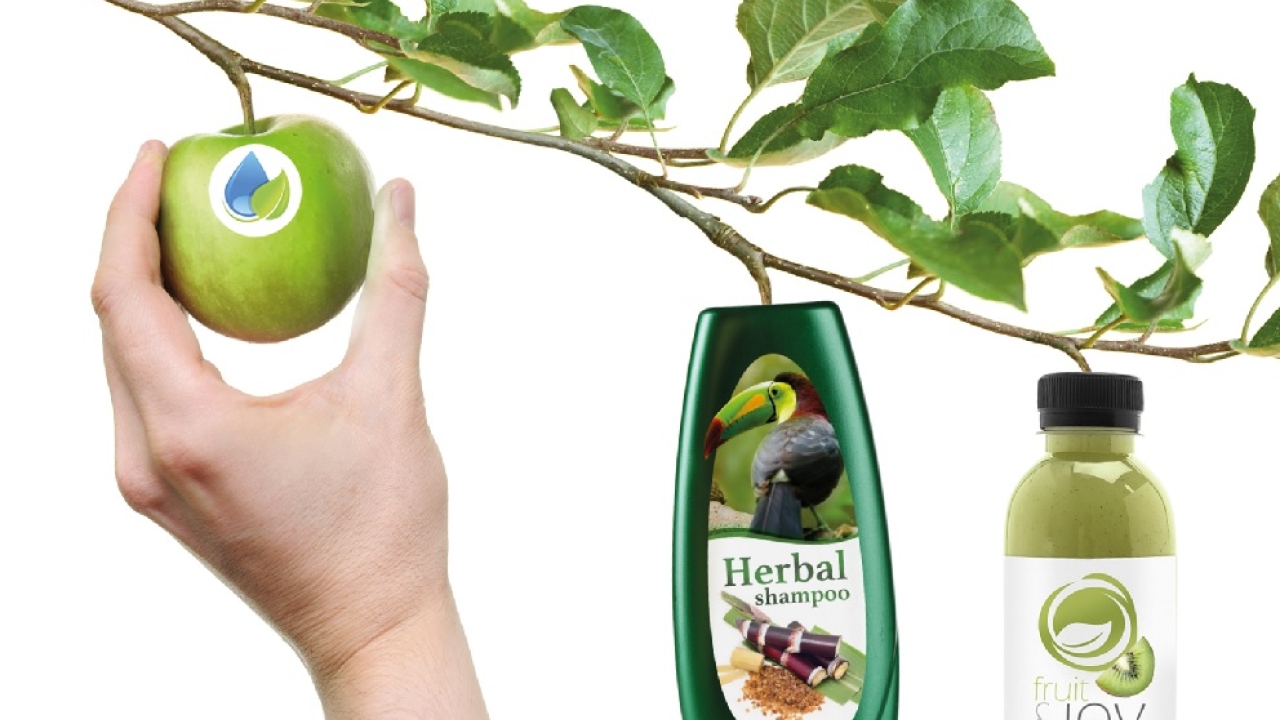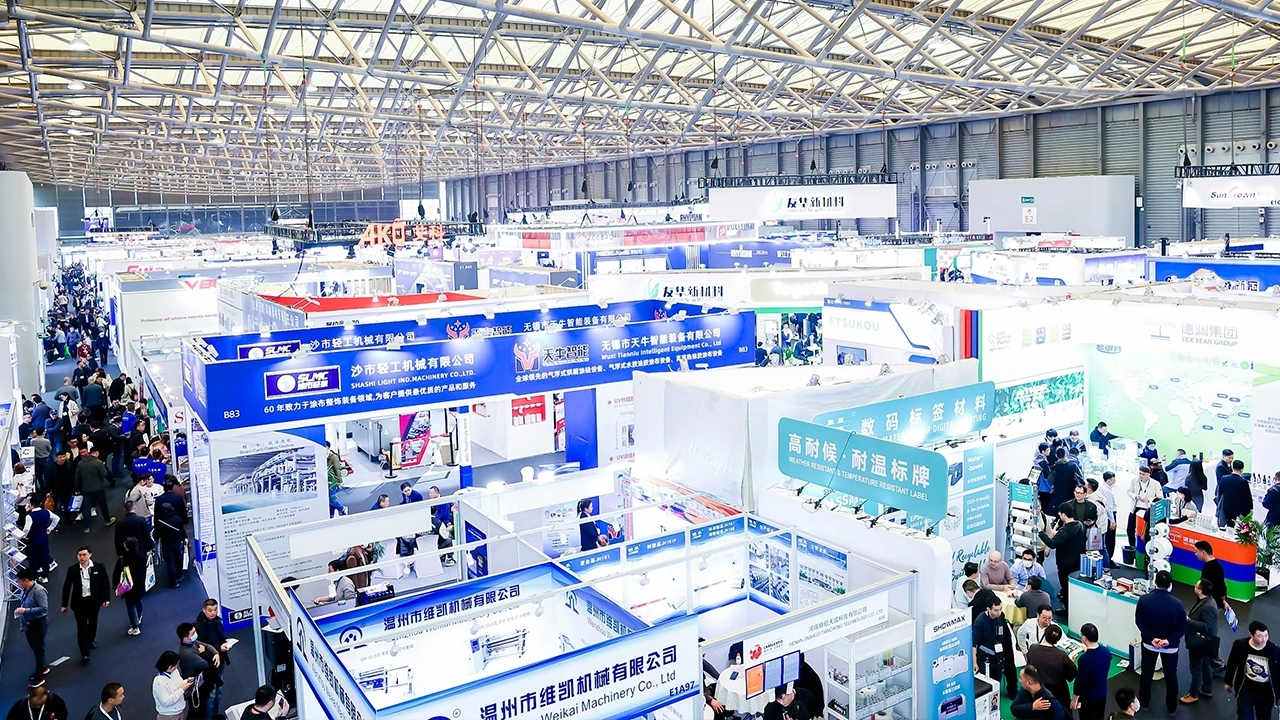Environment and sustainability

‘In recent years the printing industry has embarked on the beginning of a disruptive innovation with the introduction of digital systems. As digital printing technology improves, so will its capabilities to handle longer run capacities at reduced costs. This introduces a plethora of new opportunities and challenges with respect to energy consumption, cost savings, and the ability to further integrate printing and converting systems into more efficient operations. Along with this new frontier, the question arises: How will these new systems impact the environment and what are companies doing to maintain peak operational efficiency, minimal operational costs, all while playing their part in green operations and total sustainability? As new technology is debuted, this challenge is presented to almost all print producers. The largest challenges (which are also opportunities) with respect to the environment, arise from material, energy and consumable consumption. New technology will play to the users’ advantage and allow them to decrease all three of the aforementioned challenges. For example, using a laser finishing system versus a semi-rotary system will allow the user to avoid virtually all die consumable costs, reduce energy consumption, and reduce the amount of material wasted when setting up a job. These energy savings are not limited to running the machine, but go hand in hand with the energy needed to produce dies and materials. The savings, in turn, climb all the way up the supply chain to reduce overall industry energy consumption. As the industry as a whole begins to embrace more efficient digital technologies, one would expect that this is the trend will continue as the technology will only get better and more productive as we move forward.’
Davis Tiburzi, domestic sales manager, Arrow Systems
‘All of our development work takes place with a central focus on sustainability, which is why so many of these products deliver not only sustainability improvements but also differentiation for converters who are seeking new business opportunities. For example, ClearCut adhesive technology combined with an FSC liner offers improved sustainability with no compromise on performance or productivity. We have more than 1,100 FSC-certified label constructions offered at price and performance parity. Our bio-based PE film is made from a plant-based feedstock that avoids the use of scarce petroleum resources and prevents pollution caused by fossil fuel extraction. Recycling-friendly options include facestocks made from 100 percent recycled paper, which offer improved GreenPrint performance vs similar paper facestocks made from virgin fibers. There is a choice here for almost any application you can think of.’
Luuk Zonneveld, product manager, sustainability, Avery Dennison
‘Our plastic packaging plays a critical role in making our products appealing, safe and enjoyable for our consumers. Yet it is clear that if we want to continue to reap the benefits of this versatile material, we need to do much more as an industry to help ensure it is managed responsibly and efficiently post-consumer use. To address the challenge of ocean plastic waste, we need to work on systemic solutions – ones that stop plastics entering our waterways in the first place. We hope these commitments will encourage others in the industry to make collective progress towards ensuring that all of our plastic packaging is fully recyclable and recycled. We also need to work in partnership with governments and other stakeholders to support the development and scaling up of collection and reprocessing infrastructure, which is so critical in the transition towards a circular economy. Ultimately, we want all of the industry’s plastic packaging to be fully circular.’
Paul Polman, CEO, Unilever
Read additional comment from FLEXcon here
See the results from the related poll, How important is the environment and sustainability to the future of your business?, here
This article appears in L&L issue 2, 2017, and can be read online here
Stay up to date
Subscribe to the free Label News newsletter and receive the latest content every week. We'll never share your email address.

